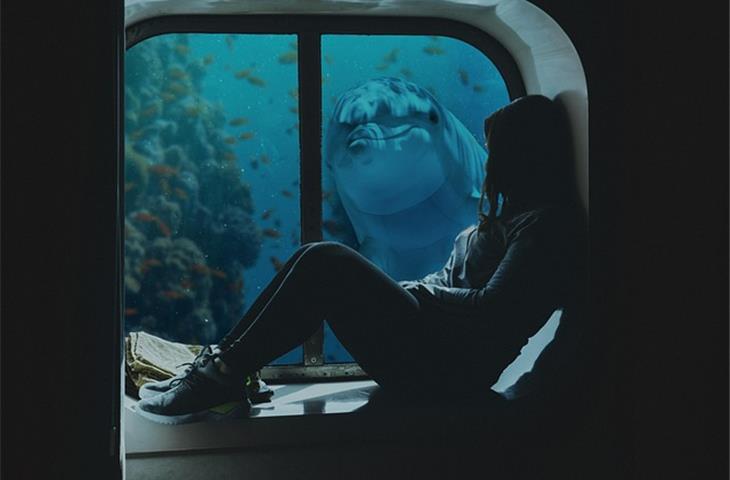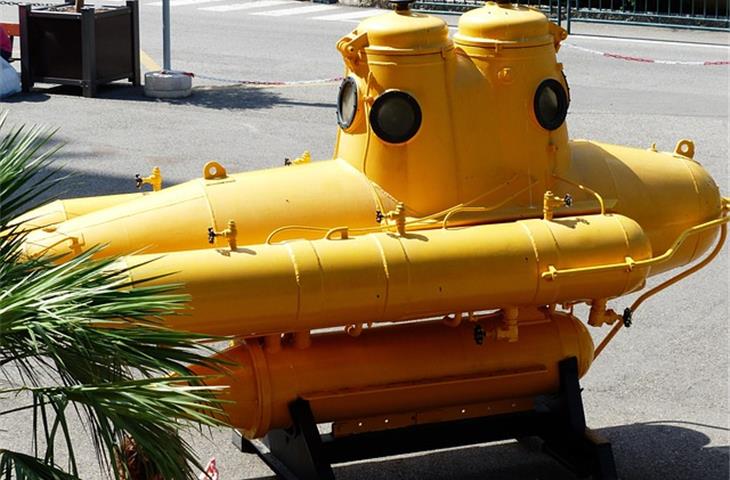Have you ever considered how deep a submarine can dive The ocean has always been extremely fascinating with all those deep areas. Diving down there isn’t just cool technology, and it is also a means of learning about the most mysterious places on the planet.
The Big Challenges of Diving Deep

Tech Stuff
Over the years, submarine technology has evolved significantly. The very first submarine, the Nautilus, hit the water in 1863.
Since that time, we have seen all kinds of advancements, from the old diesel-electric types of submarines to the nuclear-powered ones currently. Submarines can now dive much deeper than they could before. Starting from just a few hundred feet in the past days up to more than 25,000 feet nowadays. The deepest dive that has ever been was the submarine Trieste descending into the Mariana Trench in 1960, reaching a depth of 35,814 feet. That is a significant achievement for humans, demonstrating how intelligent we are and how we are constantly striving to learn more.

The Big Challenges of Diving Deep
Diving super deep is no easy feat. The pressure down there is massive, like 8,000 pounds per square inch at the Mariana Trench.
It can compress the submarine really bad and hurt the inhabitants. And without solar light, there’s no vegetation, so nothing really lives down in the deepest regions of the ocean. Even with all these challenges, researchers and adventurers keep trying to go deeper.
What’s New
Lately, independent corporations like DOET and OceanGate have allow ordinary people explore the ocean’s depths. They’re using advanced technology to give people a unique encounter.
For instance, DOET has a sub called the Submarine Model that can descend to a depth of 20,000 feet, and OceanGate’s Submarine can attain a depth of 35,000 feet. These updates have really expanded opportunities for additional research and findings.
What’s Next
Venturing the sea with submarines is quite hopeful. With technology is continuously improving, we should see further dives and even more advanced equipment.
This will make us understand the sea better and could result in novel resources and technology. And as we continue to descend further, we’ll learn additional knowledge of the sea’s secrets and its hidden secrets.